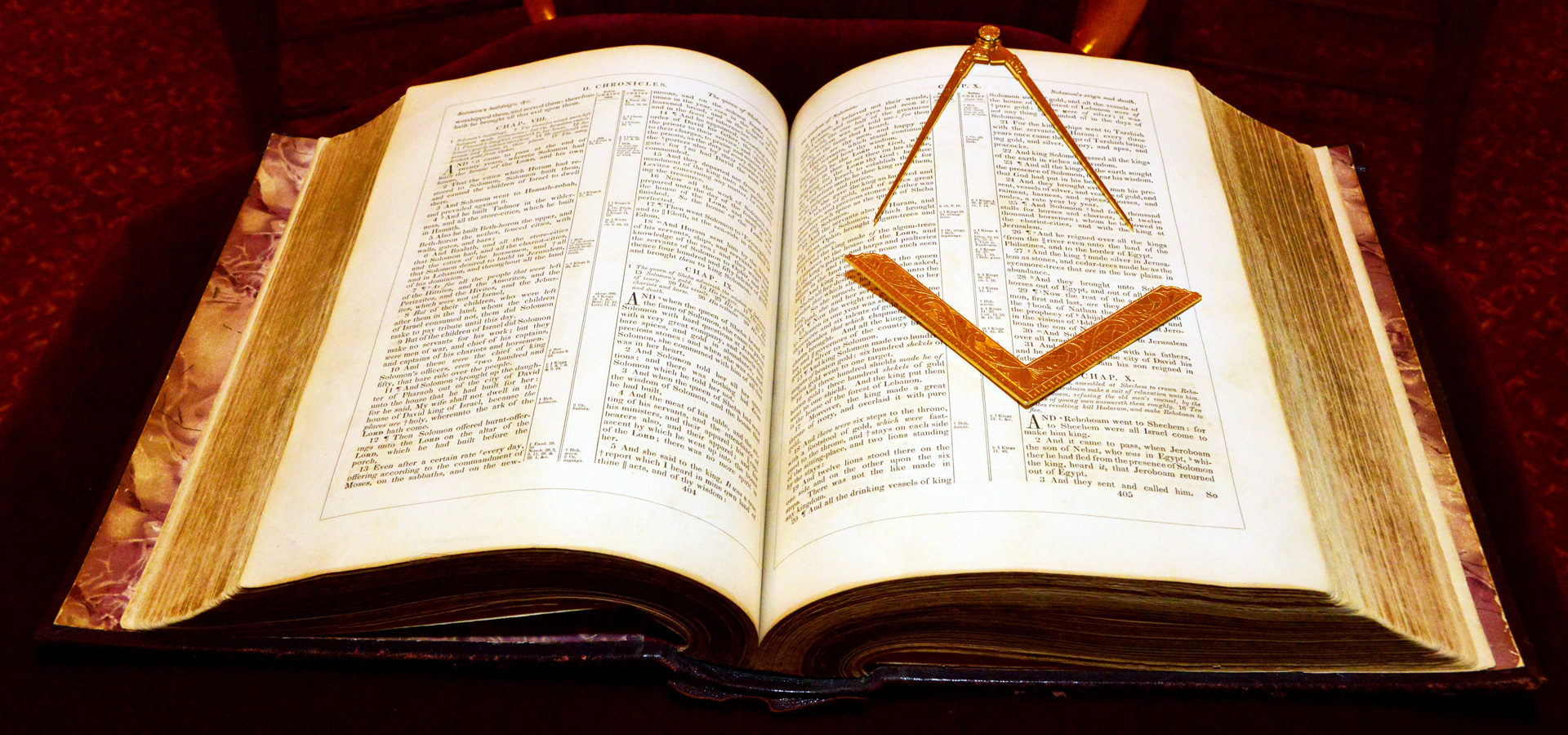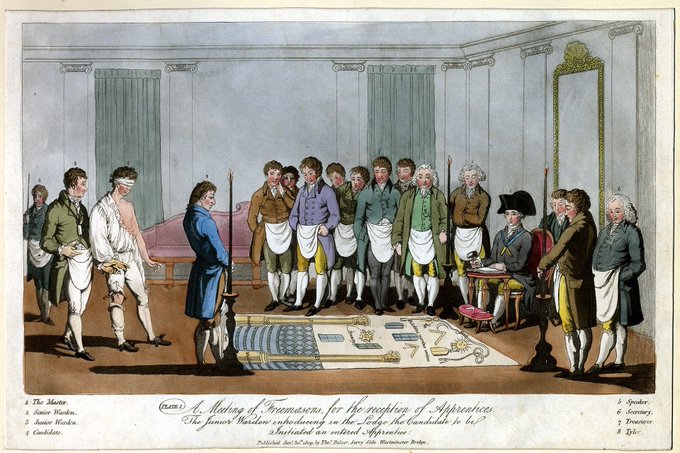The famous 19th century French novelist Alexandre Dumas senior, one day argued in these terms with an insolent man who had insulted him for his looks:
Sir,
My father was a mulatto, my grandfather was a negro,
and my great grandfather was a monkey.
So you see, Sir,
My family starts where yours ends!
Alexander Dumas senior was the author of “The Count of MonteCristo”, “The Three Musketeers”, “The Man in the Iron Mask” and many other brilliant historical novels. The most extensively read French writers in the world was also a mulatto [1]. This essay, however, concerns another Dumas [2]; it is about the life of Thomas-Alexandre Dumas, whose life is rarely told in books.
Most of us know that men of colour fought in the 1861 American War of Secession but not that black people , almost a century earlier, had defended the principles of “Liberté, égalité, fraternité” both in France and in its overseas territories. Saint Domingue, or Haiti, was the first of the Antilles islands in 1794 to wipe out slavery and to proclaim its people free and equal. And in France, during both the Revolution and the Republican years, many black individuals reached unimaginable heights of authority. Napoleon Bonaparte recognised their gallantry in battle and rewarded their courage, only to then favour “lucky generals” over valiant or competent military commanders.
THOMAS-ALEXANDER DUMAS
Thomas-Alexandre Dumas was born as Thomas–Alexandre Davy at Jeremie, on the island of Saint Domingue, on March 25th 1762. His father, Antoine Davy, was the youngest offspring of a lesser noble family that owned a chateau at Bielleville-en-Caux, a pretty village near Bolbec in the Haute Normandie, France.
In the XVIII century the French colony of Saint Domingue was the most successful territory of the Antilles in exporting sugar, cocoa and coffee; a trade in which Antoine’s elder brother had made a fortune by 1748. Full of grand expectations for himself, Antoine joined his sibling on the island to co-manage the business. But the partnership was spoiled by arguments and it soon ended with Antoine purchasing from Monsieur de Maubielle a valuable plantation and setting up business for himself. The land also came with a beautiful black slave called Marie-Cesette Dumas who gave Antoine four illegitimate children; three daughters and one son. According to Antoine, his mother died of dysentery in 1777, but there are notary documents that suggest Cesette was alive in 1801.
With his business failing, Antoine cut his losses and absconded. He only reappeared, years later, when his brother’s death gave him the opportunity to claim the title of Marquis and to inherit the family’s estate upon his return to France. Having little or no money to pay for the crossing, in 1775 Antoine sold his four children and common wife Marie Cesette as slaves to a Monsieur Caron and made the journey to France to become the new Marquis De La Pailetterie. A few months later his son, Thomas-Alexandre, joined him from Saint Domingue; the only member of the family whose freedom Antoine had cared to redeem !
Notwithstanding his background and skin colour, Thomas-Alexandre Dumas, whom we shall henceforth address as Alex, received a distinguished education from the age of 14 and developed into a towering fellow with a herculean physique, and strong personality. Thanks to his father’s rich maintenance, Alex lived his youth in Paris where he met
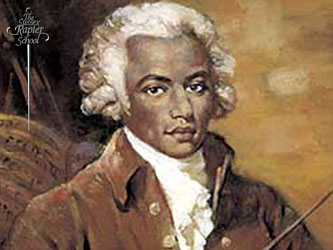
Joseph Boulogne, the famous mulatto “Chevalier de Saint-George”. Joseph was an esteemed musician born in a family of musketeers that was well known at the Court of Queen Marie Antoinette of France. In Joseph’s company, Alex lived two years of the “belle vie” by attending theatre and soirée, seducing women and of course fighting duels.
But clouds were gathering on the horizon.
On 2 June 1786, Antoine Davy Marquis De La Pailetterie, married his governess Francoise Retou, a woman thirty years his junior and cut off the subsidy to his profligate son. Determined to find a place in the world, Alex enlisted as a Privateer in the Queen’s Dragoons Regiment using his mother’s name of Dumas, perhaps on his father’s desire to not blight the family’s name. The Regiment was under the command of the Duc de Guiche [3], a Freemason and an admirer of handsome garcons who gave Alex the opportunity to distinguish himself in service and to make the acquaintance of three future grand Generals of the French Empire : Jean-Louis Espagne, Louis-Chretien Carriere de Beaumont and Joseph Piston. All were serving in the same Division and were also Freemasons.
FREEMASONRY IN THE FRENCH ARMY
Many prominent French revolutionaries like the Marquis de Lafayette, Mirabeau, Danton and the Duke of Orléans to name but a few, were in the Craft and so was a great part of the French Army. In the Penthievre Regiment, for example, 53% of the officers were Freemasons and 2500 of the Brethren living in Paris were also in the military. General Kleber, took part with Napoleon in the Egyptian Campaign and founded the Lodge “Isis” in Cairo shortly after the troops subdued the city. Gaspard Monge was a member of the Military Lodge “The Perfect Union” of Mezieres and Dominique Vivant Denon of “The Perfect Meeting” Lodge in Paris; both were among the military strategists who turned around the fortunes of Napoleon’s campaign in Egypt. Whether the great man himself was a Freemason, we do not know for certain. Some claim he underwent initiation in Malta in 1798 when he took possession of the island for France, on his way to Egypt. Others say he was initiated in the “Perfect Sincerity” Lodge in Marseilles, the same Lodge that later initiated his brother Joseph Bonaparte who went on to become the Grand Master of the Grand Orient of France and King of Naples.
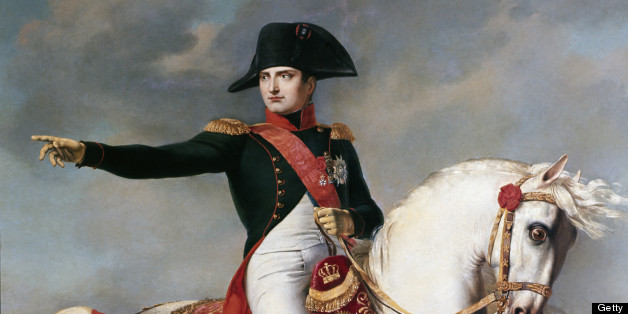
Why was Napoleon never a Freemason, or at least why he never openly admitted it, may perhaps be attributed to his character. It was not enough for Napoleon to be “first among equals”, he had to be “above” equality. Can you envisage him allowing anyone to call him “Brother” ? What we know for certain is that the finest years of Freemasonry in France were those that followed Napoleon’s coup d’etait in November 1799. The event, renowned in history as “18 Brumaire” [4], saw the overthrow of the Directory and the installation of a three-man Consulate of which Napoleon was the Leader. The progress of Freemasonry in France lasted fifteen years and saw its Lodge number increase from 300 to 1220 in the space of a few Anni Lucis. Napoleon looked upon all this with contentment, knowing that he benefited both politically and military from the support of the Craft.
The escalation of membership in Masonic military-only lodges in France provided a great cohesion of the troops in battle and saw the French Army go from strength to strength.
The list of eminent and influential individuals who were Freemasons during Napoleon’s regime is lengthy and remarkable: Princes,Admirals, Senators, Ambassadors, Ministers, Academics and so forth. Twenty-two out of Napoleon’s thirty Marshals, five of the six members of the Imperial Military Council and six of the nine ministers in the government were Freemasons. A look at Napoleon Bonaparte’s Dynasty reveals that in addition to Joseph Bonaparte, Napoleon’s other younger brothers -Jerome and Luis- were also Freemasons. His wife, Empress Josephine de Beauharnais was for a while the Grand Master of women’s Freemasonry in France and her son (from her first marriage) Eugène de Beauharnais, was too in the Craft.
In light of such evidence, to think that Alex Dumas attained such an exceptional military career without himself being a Freemason, would be naïve.
THE “LODGE CAROLINA” IN VILLERS–COTTERÊTS
In August 1789, Alex Dumas received orders to travel from his base in Laon to Villers–Cotterêts [5] were he was to keep public order during the disorders of the French Revolution.
King Francis I of France (12.09.1494–31.03.1547) built a Chateau outside the village which he adopted as a base for his hunting trips. In 1539, whilst briefly staying there, he promulgated an edict that suppressed all Trade Federations and Guilds in France and thus prevent workers from going on strike. The decree also imposed “French” as the official language of the kingdom in place of Latin, which was the elite European lingua franca of the age and of the several other regional dialects in use.
We also associate Villers-Cotterêts with the Dukes d’ Orléans. King Louis XIV had gifted the chateau to his brother and years later another Duke d’ Orléans, Louis Philippe II [6] was to spend his exile there.
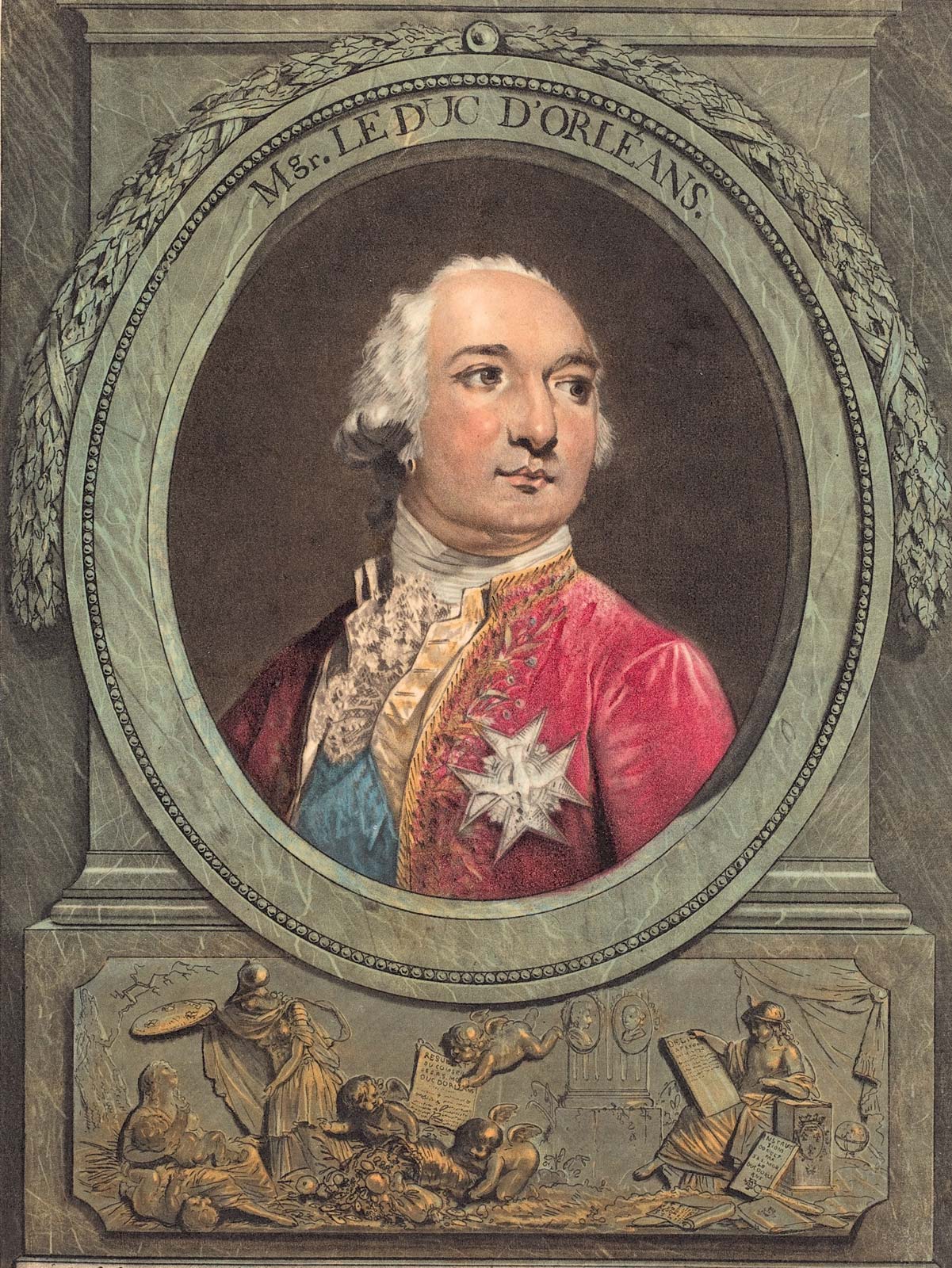
Louise Philippe II was a cousin of the King Louis XVI. After his grandfather’s death in 1752, Philippe inherited the title of Duke of Chartres and in 1769 married Louise Marie Adélaïde de Bourbon, daughter of the richest man in France [7]. Louis Philippe II was also the Grand Master of the Masonic Order of the Grand Orient of France from 1771 to 1793, and being a fellow of highly radical views, he sided with the people of France during the French Revolution. Marie Antoinette hated him for what she regarded as treason and duplicity, and he in turn scorned her for her frivolous behaviour. The populace of Paris, where Louis Philippe II lived during the terrible final days of the revolution, loved him and called him “Philippe Égalité” ; but that did not save him from being indicted and guillotined on 6th November 1793.
The Masonic Lodge “Carolina” was founded in Villers–Cotterêts in February 1787 and had the local Mayor, Nicolas Lalitt, as its Worshipful Master. Louis Philippe II and his personal surgeon Marsolan joined the lodge in the second part of 1787 when in exile there and the two men attended many meetings together. After the Duke’s arrival the Lodge Temple translated from a small pavilion in the adjacent “Clos de Cent Suisse”, to a chamber in the Chateau that is since known as “Sale des Franc-Macons”.
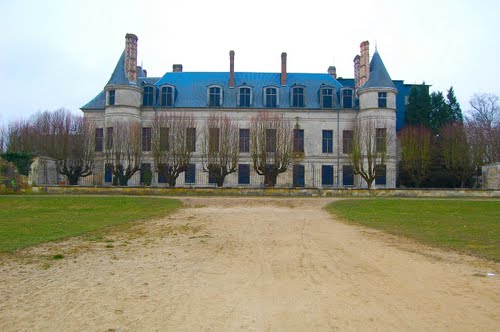
Monsieur Claude Labouret was the proprietor of the “Hotel de l’Epee” in Villers–Cotterêt and also a member of the Lodge Carolina. On Sunday 15 August 1789, he went outside with his daughter to admire the arrival from Laon of the detachment of Dragoons on horse. Alex Dumas was one of the Dragoons and his deportment and looks were so impressive as to earn him an invite to dine at Laboret’s table that evening. Alex ended up lodging at the hotel for the term of his stay and it is reasonable to assume that it was Claude Labouret who introduced him to Freemasonry. Three years later, on 28th November 1792, Alex will marry Marie Labouret. The Lodge Carolina became thereafter an Aristocratic Lodge par excellence, listing among its members forty eight grand seigneurs of the realm of France, born in families like the Rohan, Noailles, Polignac, La Rochefaucauld, Montmorency,Segur and so forth.
RISE THROUGH THE RANKS
In less than two years, and presumably after being initiated in the Ars Regia, Alex catapulted from the lowest military rank to the highest. Ever since enrolling in 1786 in the “Hussards de la Liberte”, a sequence of fortuitous circumstances, acts of bravery and patrons in high places assisted him in building a truly exceptional military career and shaped his future.
1792
This was the year that Julien Raimond founded the Legion Franche des Americans et du Midi where “American” was a term the French used to identify those who came from its overseas colonies. Although the Legion was not part of the Regular French Army, it fought alongside it frequently and being composed entirely by “free men of colour”, it became known also as “The Black Legion”. Its commanding officer, the Chevalier de Saint Georges, was a member of the powerful Masonic Lodge “Le Neuf Soeurs” of Paris. The Chevalier had given Alex lessons in swordsmanship whilst at La Boessiere’s Academy and had been his partner in many Parisian social evenings and exploits. In 1792 Alex, at the command of only fourteen black legionnaires, defeated a group of forty Dutch soldiers near Lille and made half of them captives. As a reward for his bravery, he received the rank of lieutenant colonel and became the Legion second-in-command.
1793
The General Jean Baptiste Noël Bouchotte - whom the Convention nominated Minister of War in April of the same year - appointment Alex to the rank of Brigadier General [8] of the Army du Nord which was under the command of General Demounez. Alex Dumas’s heroic defence of Pont-a-Marq in Northern France won him the promotion to General of Division. In September 1793 he became Commander-in-Chief of the Army of the Pyrenees and in December he was put in command of the Army of the Alps. With Jean-Louise Brigitte Espagne, Marc Antoine Bonnin de Beaumont and his dear friend Joseph Piston [10], Alex won the battle of the Little San Bernard, seized the enemies’ mortars and turned them against the Austrians. They then charged and took control of the Mont Cenis, made 1700 prisoners and captured 30 enemy’s cannons. Their exploits inspired Alexander Dumas Senior to write the adventures of the Three Musketeers.
1794
In August, after a brief spell in charge of the military Ecole de Mars in Paris , Alex Dumas became Commander-in-Chief of the Army of the West. But the slaughtering by the French troops of thousands of peasants during the Vendee War - a counter revolution against the Regime by the inhabitants of the Region - so abhorred Alex as to induce him to resign his office and earn the pseudonym of “Monsieur l’Humanité”. On 7th December 1794 Alex rejoined the ranks and received orders to swiftly travel to Paris where he was to crush the royalist revolt. But his carriage broke down on the road to the Capital and Paul Barras [11]–the Chief Executive of the Directory regime from 1795 to 1799– replaced him for the task with an unknown young Corsican officer called Napoleon Bonaparte.
1795
In July Alex received the promotion to General of Division [9] and joined a group of four other coloured Generals of African origins who
were born like him in Saint Domingue. They were : Louis-Jacques Beauvais, Toussaint Louverture, Andre Rigaud and Jean-Louis Villatte.In September Alex fought in the Army of the Rhine under the command of the General and Freemason Jean Baptste Kleber. After being wounded during the assault to the City of Düsseldorf in November, Alex applied to retire from active service but was ignored.
1796
The General Dumas joined Napoleon to fight in Northern Italy. But a less than frictionless connection between the two men meant that in December Alex received the command of only a minor division. His assignment consisting in putting the Austrian occupied city of Mantua, under siege.
1797
After a gallant struggle to ward off the Austrian reinforcements from reaching Mantua, the General Alex Dumas entered the city in February. Ignoring his victory, some resentful Generals complained of Alex’s unrestrained behaviour to Napoleon, who next sent him to fight under the command of General Massena. This effectively meant a demotion, but Alex continued to distinguish himself in battle and even gained the appellative of “Black Devil” from the Austrians. Transferred to a Division led by General Joubert–a fierce republican like our hero–and again in charge of only a small force, Alex crushed the Austrian positions along the River Adige in northern Italy and pressed back, all on his own, a full enemy squadron on to a bridge outside the municipality of Chiusa. Such new heroics greatly impressed Napoleon who, no longer questioning the General Dumas’s integrity and commitment, promoted him to Cavalry Commander of the French armies in the Tyrol.
The Egyptian campaign
1978
In May the General Alex Dumas travelled to Toulon where Napoleon Bonaparte – who apparently received him whilst in bed with Josephine! - ordered him to board the vessel “Guillaume Tell” sailing for Malta, a small Mediterranean island south of Sicily. With him on the expedition were also the Generals Beaumont, Dermoncourt and Lambert. After capturing the island–ruled by the descendant of the Knights Hospitaller aka Knights of St John–the French fleet and Alex proceed to Egypt. Napoleon had promoted him to the grand sounding rank of Commander of the Cavalry of the Orient Army, but his squadron of 3000 horsemen could only count on 300 horses! Scorched by the unbearable African heat and running short of food rations and medicines, men soon perished of various illnesses, leaving Alex wavering. After conquering Alexandria, the French prepared to advance to Cairo, but the republican General Alex Dumas no longer believed in the military operation; he was by now persuaded that only personal ambition guided Napoleon Bonaparte and that the military campaign on such a far away land brought no benefits to France. He even held meetings in camp tents, with some other unhappy Generals (among whom was Joachim Murat) [12], to agree a refusal to continue fighting. As a justification he wrote to Napoleon that General Berthier, Napoleon’s Aid of Camp, was a coward who in battle “shit himself in his pants”. Napoleon wrote in his diaries that when he found out about Alex’s mutinous tent meetings, he was on the verge of having him shot for sedition.
1799
In January, an intensely irritated Bonaparte agreed to let the sick General Alex Dumas’ return to France. “I can easily replace him with a Brigadier” and “intelligence is not his forte”[14] Napoleon told his Generals. On March 7th 1799, Alex embarked for Marseilles on the vessel “Belle Maltaise”. He took with him some wounded French soldiers, the geologist Deodat de Dolomieu [13] and the General Jean-Baptiste Manscourt du Rozoy. After an unexpected tempest in the Mediterranean caused the vessel to sustain serious damages, the crew veered the ship to Taranto, in Southern Italy. Before sailing from Egypt, news from France had reported that the citizens of the Kingdom of Naples, that included Taranto, had taken up arms against King Ferdinand IV and, supported by French troops, had proclaimed the Parthenopean Republic. In the light of those events Taranto, was rightly seen as a safe, friendly destination for the distressed French ship and those onboard.
But as the Belle Maltaise approached the harbour, the crew noticed with surprise that the Bourbons’ flag was still flying on the fort turrets and the masts of the docked ships. The men were unaware that whilst they were sailing, the royalist Archbishop Ruffo’s units had defeated the Neapolitan republicans and regained the Kingdom for Ferdinand. The Belle Maltaise was laden with too much personal cargo–like the eleven Arab horses that the General Dumas was taking to France for breeding–to the detriment of its defence capability. Its ten cannons could give only a feeble resistance to the firepower of King Ferdinand’s fleet. The Belle Maltaise surrendered and all his men on board were taken captive.
IMPRISONMENT AND RETURN TO FRANCE
Imprisoned in the dungeon of the Castle Aragonese of Taranto, the General Alex Dumas endured a regime of abuses and even an attempt to poison him by the prison governor Marquis De La Schiava (or Della Schiava). Curiously, not far from Alex’s cell was that of General Manscourt, whom became the inspiration of the character of the Abbe’ Faria in the novel “The Count of Montecristo” by Dumas senior!
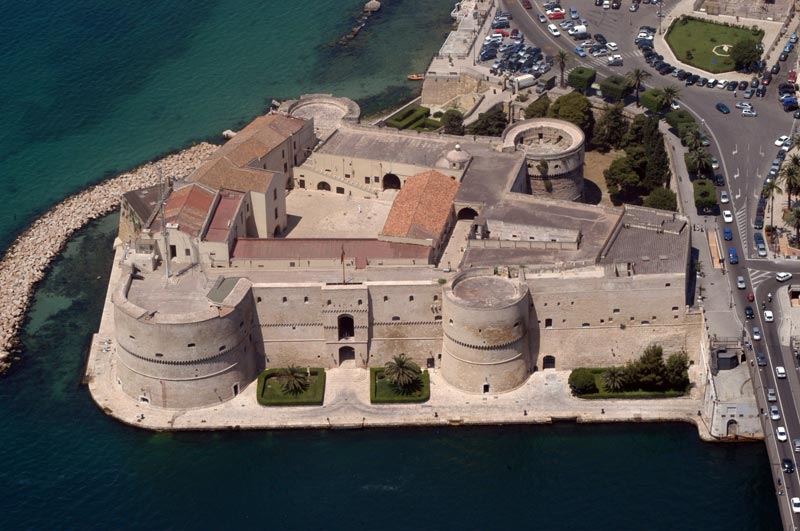
The day the Governor De La Schiava went to General Dumas’s cell with the pretence that he was to transfer him to a better prison in Brindisi–when in truth he plotted to murder him during the journey–there was an almighty altercation. The Marquis unsheathed his sword, but the General fended him and his men off by waiving his walking stick and shouting verbal threats; such was the degree of fear that his figure could still instil on those who defied him. A year after Napoleon installed his former Marshall Joachim Murat as King of Naples in 1805, Alex received a pardon and returned to France. Only six years had passed from his imprisonment in Taranto, but Alex Dumas was now a shadow of the strong man he was. And seeing France now ruled by that young inexperienced officer who had out-smartened him by one day to a military assignment that marked his rise to power and greatness, must have cut his motivation to live even further. A stroke had paralyzed one side of his body, he was almost blind in one eye, half deaf and in constant pain. The General also lived on a miserable military allowance that was utterly inadequate to the status he had held in the Army. Napoleon did not regard General Alex Dumas’s entitlement to be anything more than he received because he had failed to complete the Egypt Campaign and contracted his infirmities in jail rather than on the battlefields. To those who petitioned for justice, Napoleon thundered: “I forbid you ever to speak to me of that man!”.
Pre Napoleonic France was not a racist country. On 7th August 1775, King Louis XVI had signed a political declaration granting admission into his Kingdom to people of colour while at the same time directing the removal to the colonies of illegal settlers. All this changed when Napoleon returned from the Campaign of Egypt in 1802 as he imposed cruel race laws, re-instituted slavery in the colonies and even sent troops to Saint Domingue to kill or arrest any black person who dared wear a French military uniform. Napoleon also tried to bury the memory of General Alex Dumas by never mentioning him in the memoirs he wrote while in exile on the island of Elba. On 26 February 1806, at the age of only forty-four, the destitute General Alex Dumas, died at the Hotel de l’Epee in Villers-Cotterets, from stomach cancer [15] , his health most surely undermined by the arsenic the Marquis De La Schiava administered him in Taranto. Sadly, the Country for which the General had valiantly fought and that had overthrown the old social order in the name of the sacred principles of “freedom, fraternity and equality”, treated him as an alien just when he was most vulnerable and in need of constant care.
CONCLUSION
Although General (Thomas)-Alexander Dumas became a forgotten hero of France, he gave the future generations of his adopted Country and indeed of the whole world, a talented writer who immortalized his life, by casting him in the epic characters of the Count of Montecristo and as one of the four Musketeers. He inspired some of the most famous pages of literature.
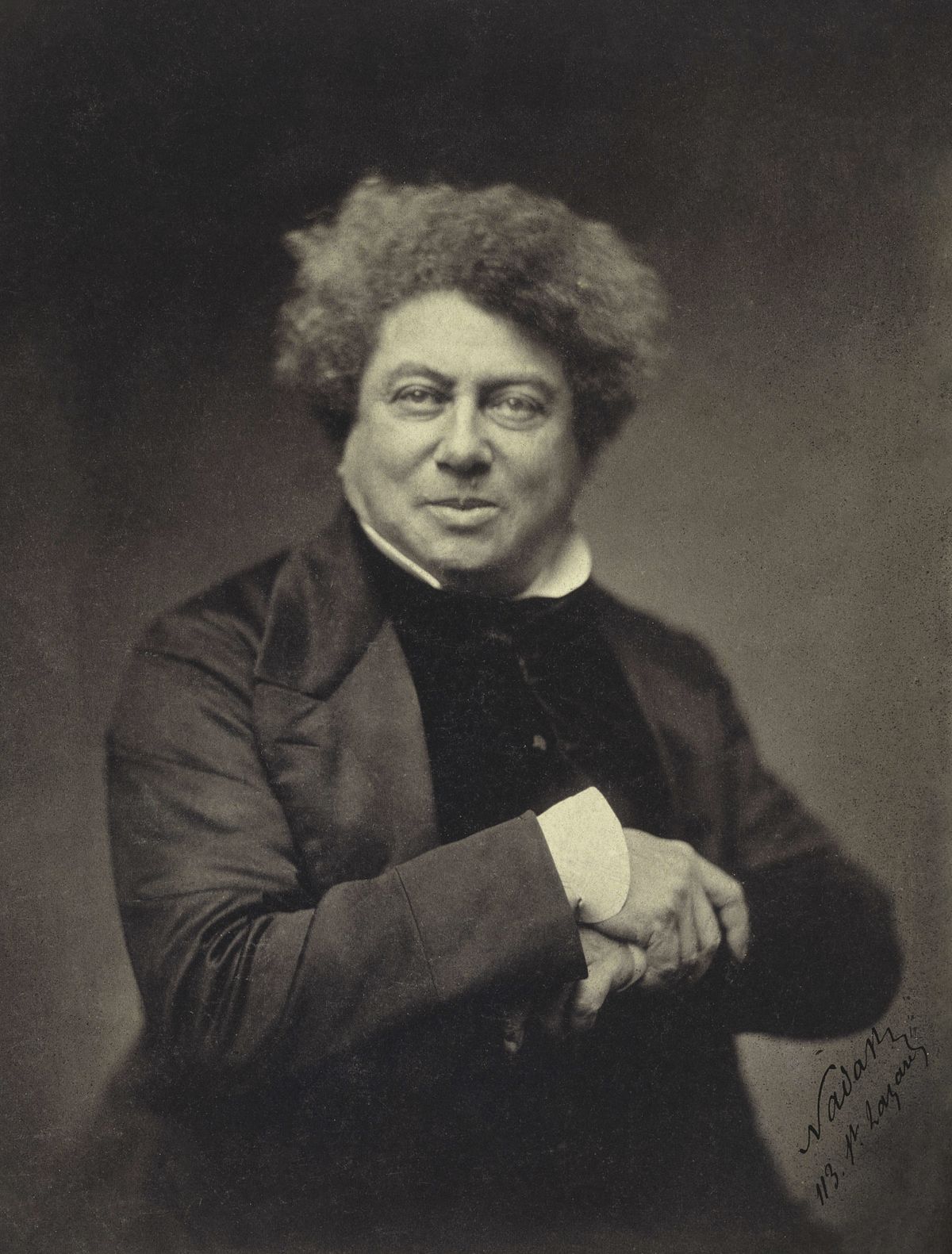
Often we better understand a man after his passing and can look back on the events of his life without being influenced by prejudices. It is for this reason that I have brought to your attention the life and adventures of this very worthy Brother.
The author forbids any reproduction or publication of this article, in full or in part, without his explicit authorization.
[1] a person of mixed white and black ancestry, especially a person with one white and one black parent.
[2] They were: General Thomas-Alexandre (or Alex) Dumas , Alexandre Dumas senior and Alexandre Dumas Jr.
[3] Antoine Louis Marie de Gramont, first Duc de Louvigny then Count de Gramont from 1762, was born in Paris 17 Aug 1755. A military man he became Duc de Guiche in 1780 and was put in charge of the regiment of the Queen’s Dragoon in 1790. He was a Freemason member of the Lodge “La Cauderet” in 1776 and of the Lodge “L’Olympique” in 1786.
[4] An historical Term. Brumaire was the month of mist: the second month of the French revolutionary calendar, extending from Oct 23 to Nov 21.
[5] It is now a town to the north-east of Paris, near Reims
[6] Born 13April 1747 – Died 6 November 1793,. He was affiliated to the Templar Order
[7] It was that financial strength that enabled Louis Philippe to play a political role at Court equal to that of his great grandfather who had been the Regent of France whilst King Louis XV was in childhood.
[8] The lowest ranking general officer and usually sitting between the ranks of colonel and major general and who is typically in command of a brigade consisting of around 4,000 troops (four battalions)
[9] Brigade General Louis Jacques Bauvais (also Beauvais) (1759 – September, 12 1799) was the charismatic and respected leader of the mulatto revolt. French-educated, handsome, and quiet, Bauvais had served in America during the American Revolution.
[10] Lyon 1754-1831. He became a baron of the Napoleonic Empire
[11] Paul François Jean Nicolas, Vicomte de Barras (1755-1829) a former soldier who will become the Head of the Directory and one of the most powerful revolutionaries.
[12] Marshal of France in May 1804, husband of Caroline Bonaparte, King of Naples from August 1808 to May 1815
[13] The discovered of the material called dolomite
[14] Desgenettes, the medical officer of the French Army in Egypt
[15] By Bonaparte’s doctor at Paris Jean-Noel Corvisart
SOURCES
-
Quel Generale dalla pelle nera by C.L.Sulzberger – La Repubblica 21.01.1986
-
L’Association des amis du General Dumas (24.03.2009)
-
Thomas Alexandre Dumas, le père d’Alexandre Dumas – http://negronews.fr/cultureDictionnaire.sensagent.leparisien.fr/
-
http://jesuimort.com/biographie_celebrite_chercher/
-
Who was Napoleon’s Black Devil? by Henry Louis Gate Jr.
-
Nel Castello di Taranto la lunga prigionia del Conte di Montecristo by Tonio Attino
-
Il Conte di Montecristo a Taranto by Roberto Ferretti – 12.02.2015
-
La memoire bafouee du general Dumas, fils d’ascalve , pere d’Alexandre et heros de la Revolution by Anne Brigaudeau – http://blog.francetvinfo.fr/
-
Dumas, Thomas-Alexandre (1762-1806) by Wirth Nikolaus. Univ. Augsburg
-
The Third Musketeer , The black Count by Leo Damrosch – 14 Sept 2012
-
Le Temple Maconnique de Philippe-Egalite a Villers-Cotterets by Eugene Toupet, Vice-President de la Societe Historique de Villers-Cotterets
-
General Thomas Alexandre Davy Dumas by Nayhan D. Jensen – http://frenchempire.net/biographies/dumas2/

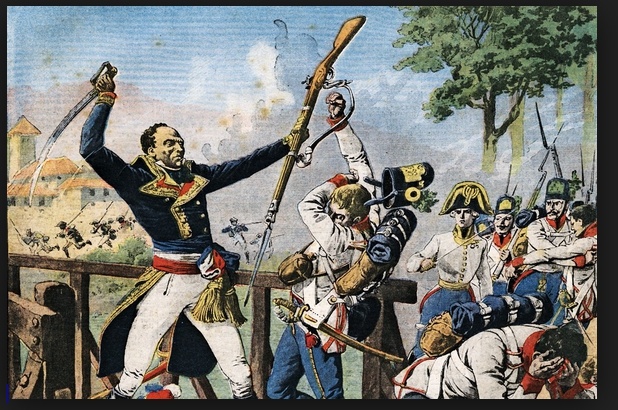
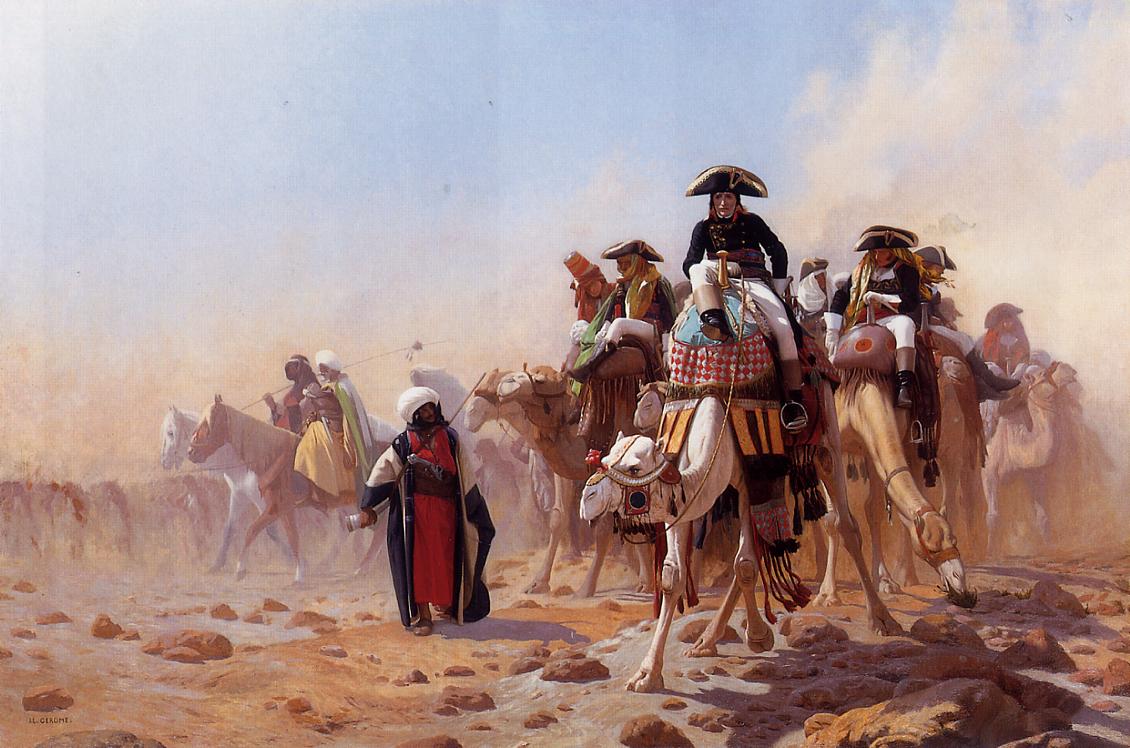

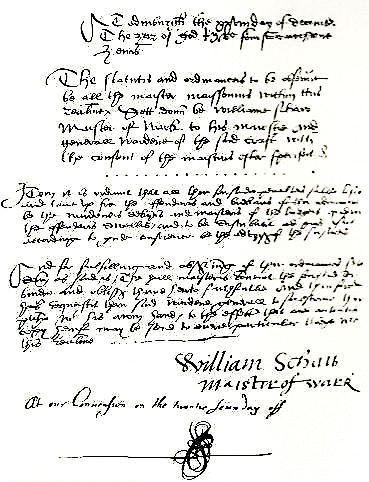
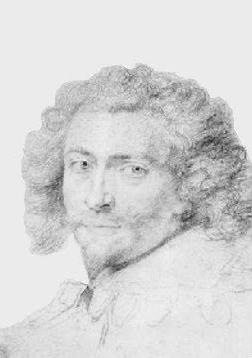 William Schaw, Maître des Travaux
William Schaw, Maître des Travaux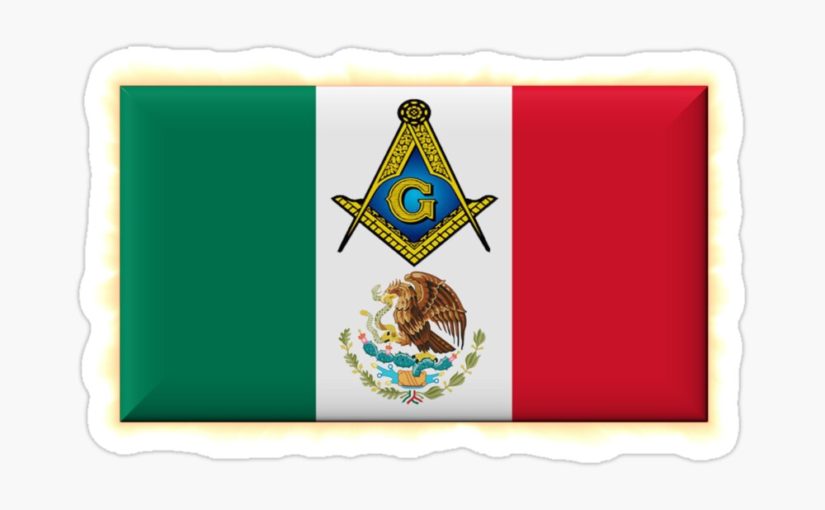
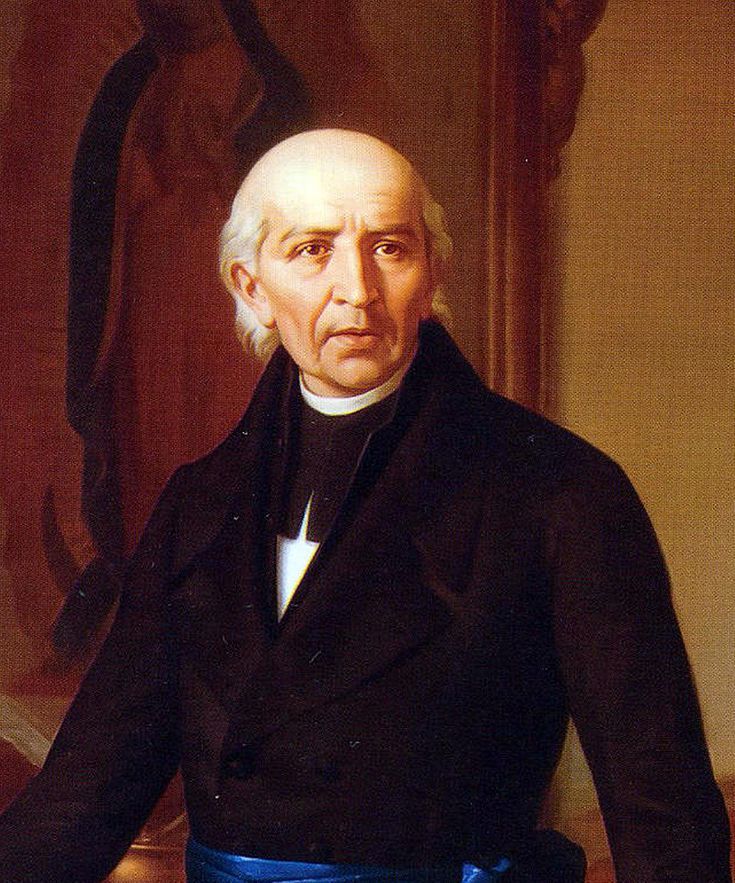
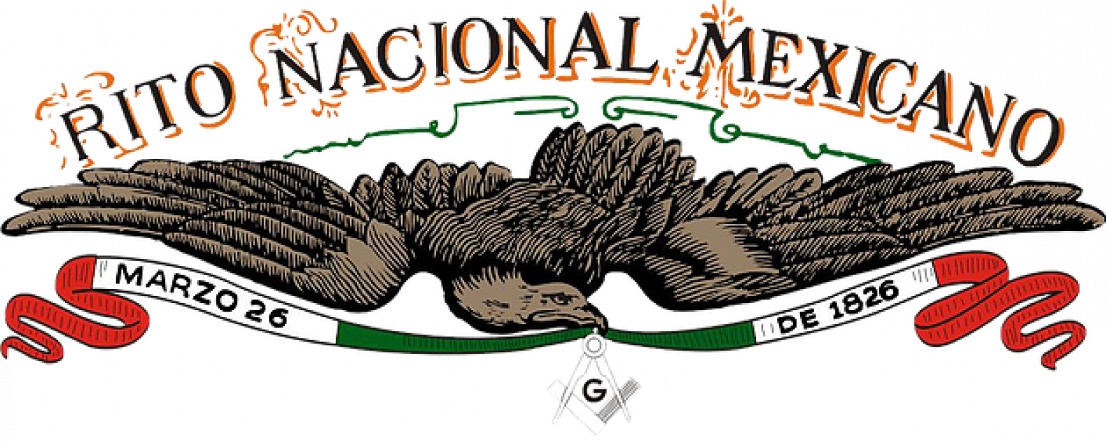 On August 22, 1825, in eastern Mexico, the Brothers Guillermo Gardet, José María Mateos, Guillermo Lamont, Luis Luelmo y Goyanes, Cayetano Rinaldi, Carlos Rinaldi, Juan María Mateos, Francisco Ocampo and Mariano Rodríguez met as part of a Commission instituted to discuss and decide on the Masonic regulations for Mexico.
On August 22, 1825, in eastern Mexico, the Brothers Guillermo Gardet, José María Mateos, Guillermo Lamont, Luis Luelmo y Goyanes, Cayetano Rinaldi, Carlos Rinaldi, Juan María Mateos, Francisco Ocampo and Mariano Rodríguez met as part of a Commission instituted to discuss and decide on the Masonic regulations for Mexico. They also sum up the essence, mark the direction and define the philosophical ideological distinction of what we call Scottish Freemasonry.
They also sum up the essence, mark the direction and define the philosophical ideological distinction of what we call Scottish Freemasonry.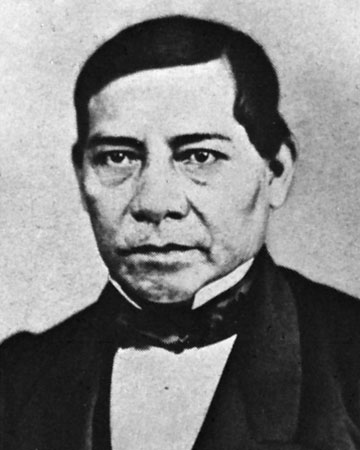
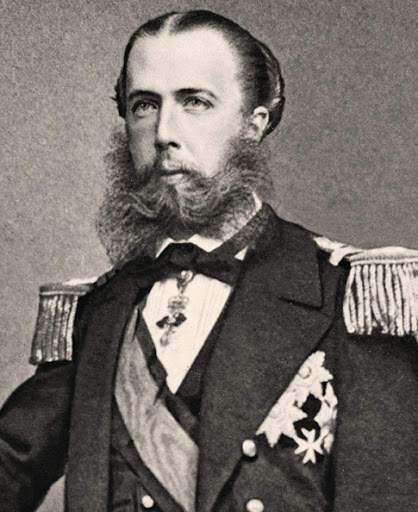
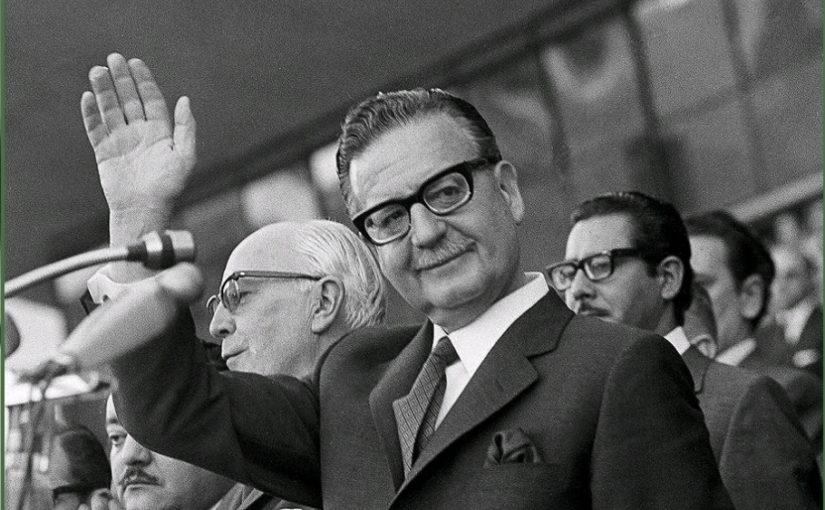

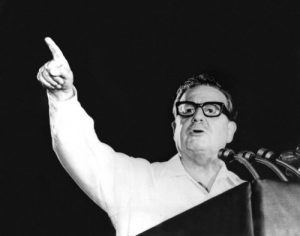 All’età di 29 anni, il 27 ottobre 1937, divenne Compagno e nello stesso anno fu eletto deputato del partito socialista. Trasferitosi a Santiago, l’8 Novembre del 1940 entrò nella Loggia “Hiram” n. 65, dove il 31 Ottobre 1945 fu elevato al grado di Maestro. Il successivo anno fu eletto Giudice del Tribunale di Loggia, carica
All’età di 29 anni, il 27 ottobre 1937, divenne Compagno e nello stesso anno fu eletto deputato del partito socialista. Trasferitosi a Santiago, l’8 Novembre del 1940 entrò nella Loggia “Hiram” n. 65, dove il 31 Ottobre 1945 fu elevato al grado di Maestro. Il successivo anno fu eletto Giudice del Tribunale di Loggia, carica 
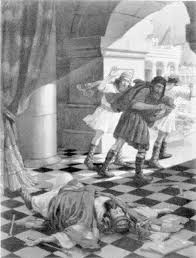
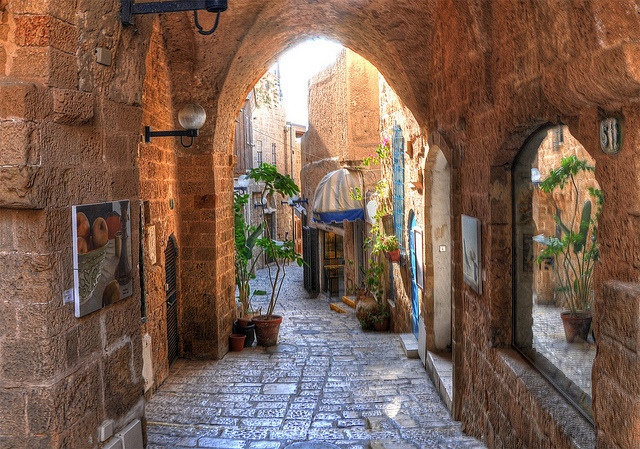
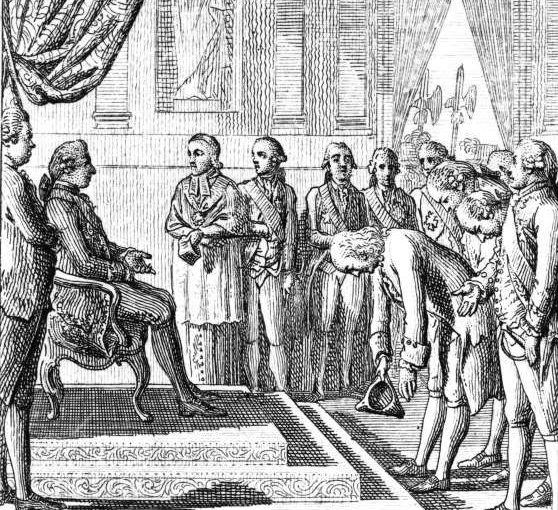
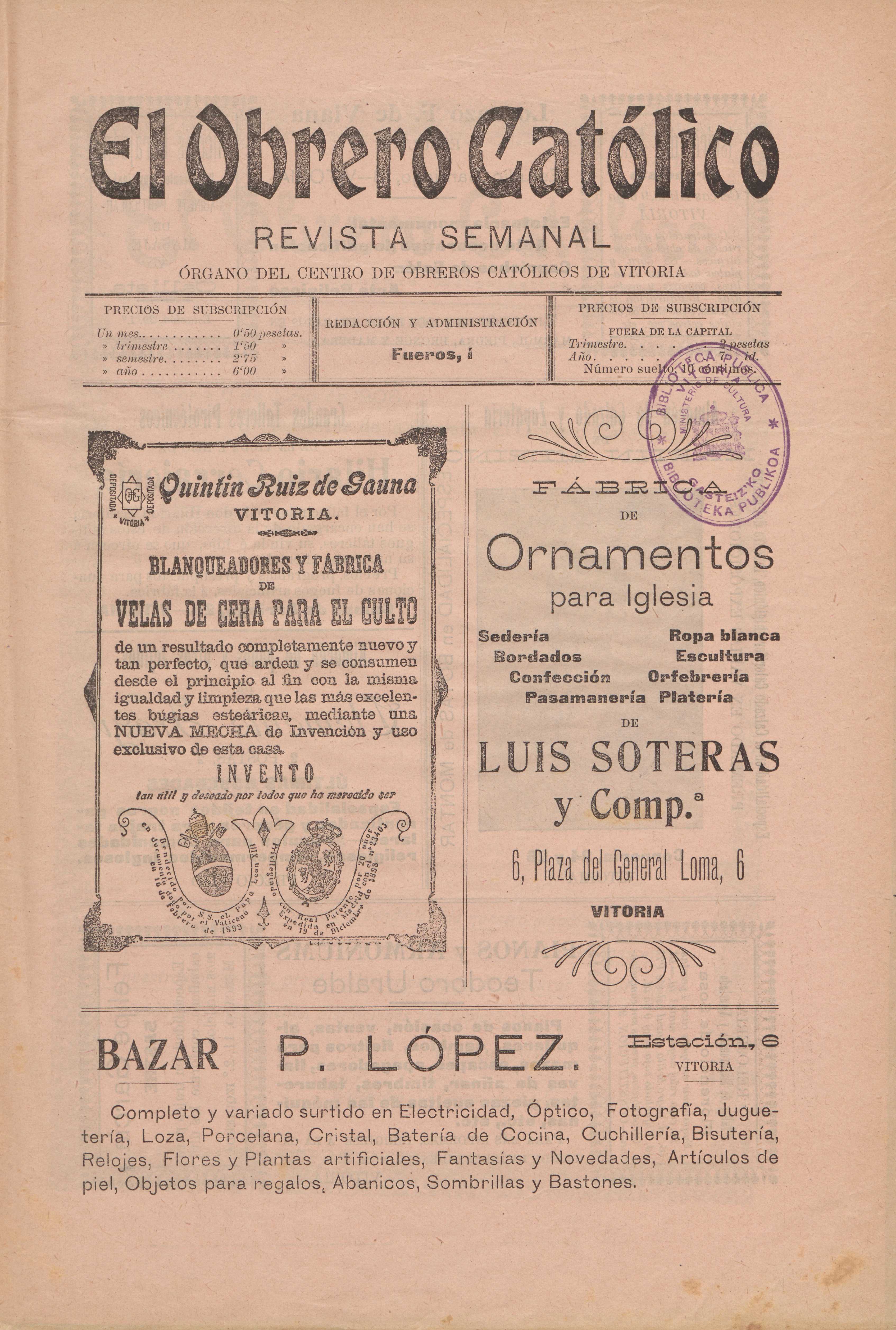
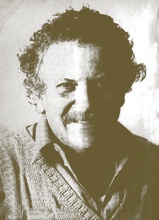
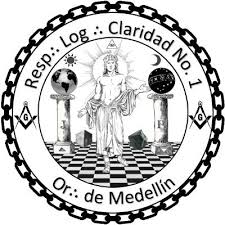
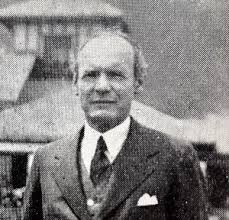 the reason we have a wrong opinion of it. Historians such as Américo Carnicelli (in the photo) and
the reason we have a wrong opinion of it. Historians such as Américo Carnicelli (in the photo) and 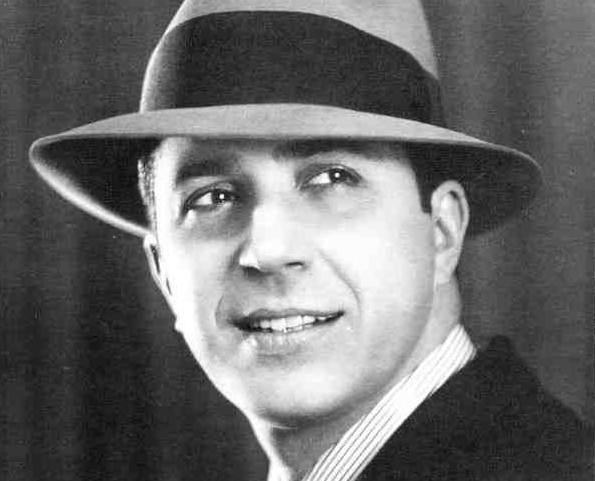
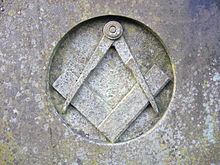
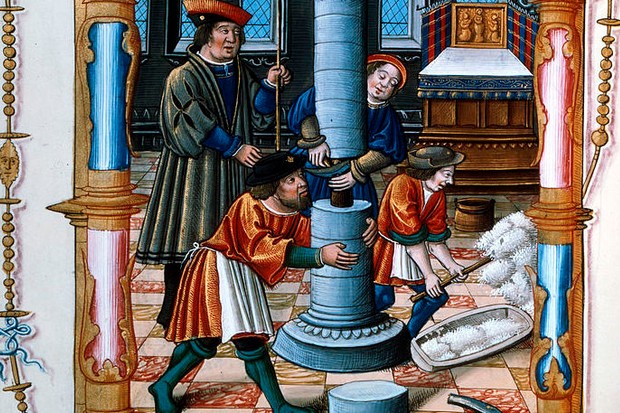
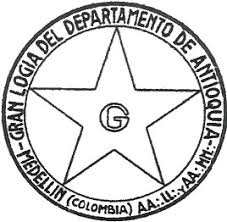
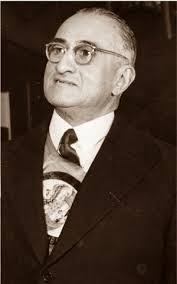
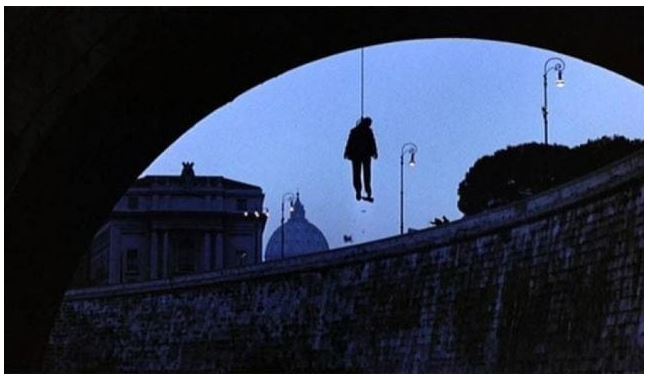
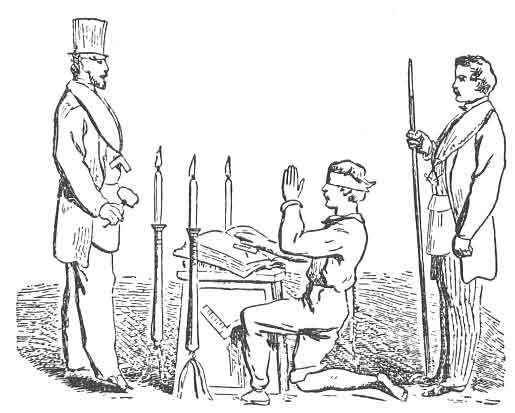 According to Bernard Jones
According to Bernard Jones 